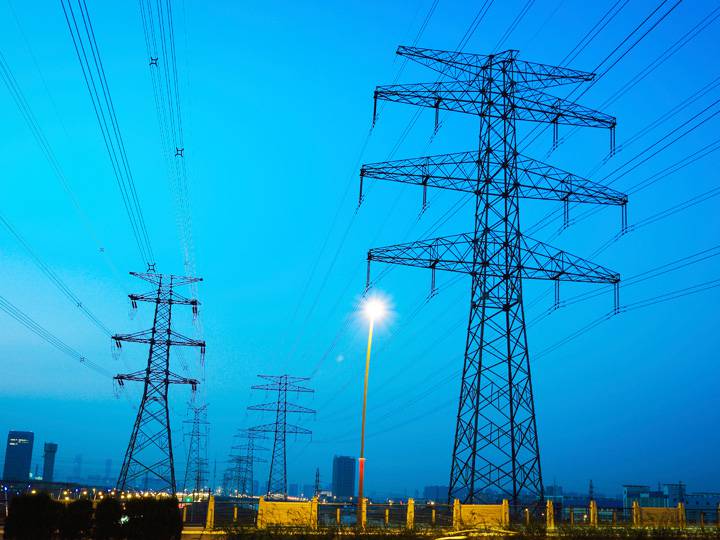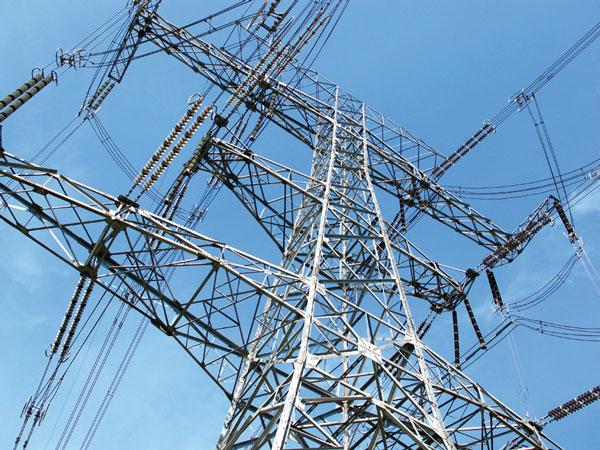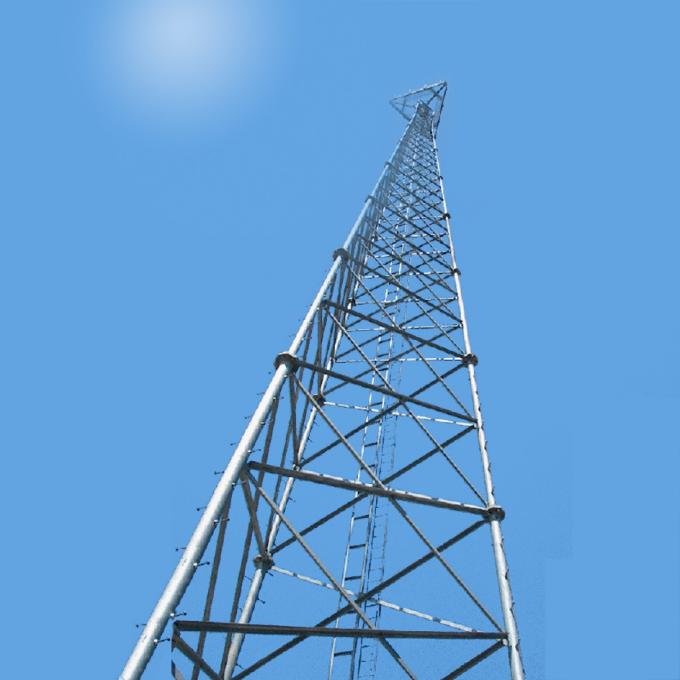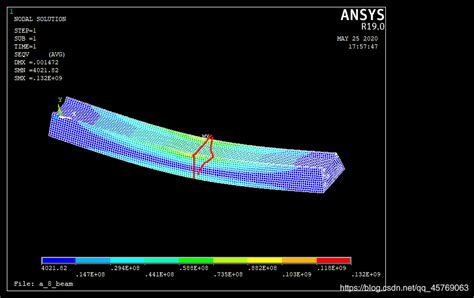
Bionic Tower,Camouflaged Tower,camouflaged cell towers,
July 26, 2018
transmission steel tower : supporting unit of overhead transmission line
August 1, 2018Transmission Steel Tower shape,Power tower shape classification
Transmission towers support the high-voltage conductors of overhead power lines, from the generating station switchyard right up to the source substations and satellite substations located near populated areas.
Their shape, height and sturdiness (mechanical strength) depend on the stresses to which they are exposed. Towers do not transmit electricity themselves unless lightning strikes the ground wire strung along the top of the structure. This cable is designed to protect conductors by allowing lightning discharges to reach the ground through the tower.
Waist-type tower
This is the most common type of transmission tower. It’s used for voltages ranging from 110 to 735 kV. Because they’re easily assembled, these towers are suitable for power lines that cross very uneven terrain.


Double-circuit tower
This small-footprint tower is used for voltages ranging from 110 to 315 kV. Its height ranges from 25 to 60 metres.


Guyed-V tower
This tower is designed for voltages ranging from 230 to 735 kV. It’s used mainly for power lines leaving the La Grande and Manic-Outardes hydroelectric complexes. The guyed-V tower is more economical than the double-circuit and waist-type towers.


Tublar steel pole
Featuring a streamlined, aesthetic shape, this structure is less massive than other towers, allowing it to blend easily into the environment. For this reason, it’s being used more and more in urban centres.


Guyed cross-rope suspension tower
With its simple design, this tower is easy to assemble. It’s used on some sections of power lines leaving the La Grande complex and supports 735-kV conductors. This type of structure requires less galvanized steel than the guyed-V tower, making it lighter and less costly.


Crossings
Hydro-Québec’s most prominent towers are used when overhead power lines must cross large water bodies, such as the Rivière Saguenay or the St. Lawrence near Île d’Orléans and Carignan.
However, there is another way to reach the opposite shore: underneath the river. As a matter of fact, Hydro-Québec operates a rather unique underwater power line designed for this purpose. In 1990, the company built the world’s first underwater river crossing for a 450,000-volt direct-current power line. The tunnel leaves the north shore near Grondines and surfaces on the south shore close to Lotbinière substation.


Related posts
The analysis of the bearing capacity of a power transmission line steel tower highlights the complexity and importance of structural and foundation design. By understanding the interplay of loads, material properties, and environmental factors, engineers can optimize tower performance and ensure reliability in power networks. Tables and case studies further illustrate best practices and design considerations.










